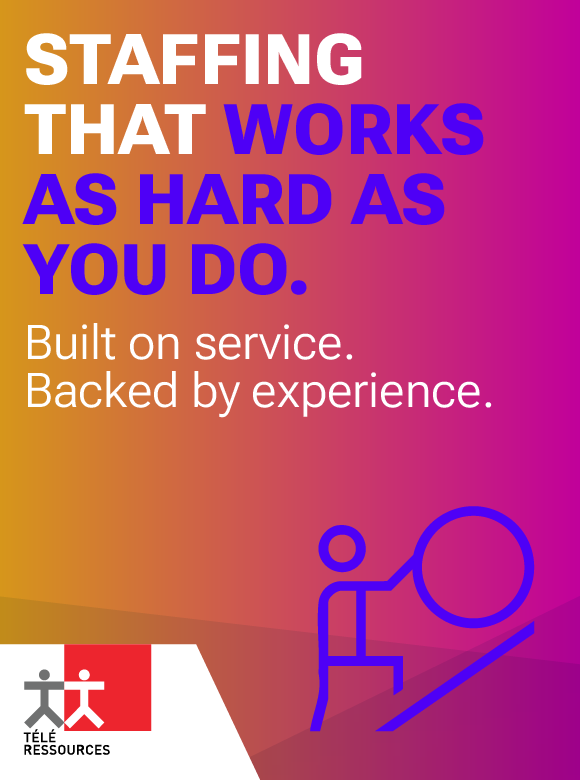4 Tips for Designing Effective Leadership Development Programs
 One of the most critical responsibilities for HR managers is nurturing the next generation of leaders within organizations. Effective leadership development programs help in identifying, cultivating, and empowering talented individuals to step into leadership roles and drive organizational success. Design programs that inspire growth and unleash the full potential of emerging leaders with the help of these four tips:
One of the most critical responsibilities for HR managers is nurturing the next generation of leaders within organizations. Effective leadership development programs help in identifying, cultivating, and empowering talented individuals to step into leadership roles and drive organizational success. Design programs that inspire growth and unleash the full potential of emerging leaders with the help of these four tips:
Align with Organizational Goals and Values
Before designing a program, take the time to understand the specific leadership competencies and skills required to support the organization’s long-term vision and objectives. Conduct a thorough needs assessment to identify gaps in leadership capabilities and determine the focus areas for development.
Offer a Blend of Learning Methods
Effective leadership development programs leverage a variety of learning modalities to cater to diverse learning styles and preferences. Consider incorporating a blend of traditional classroom training, experiential learning opportunities, coaching and mentoring, self-directed study, and online resources. Offer participants opportunities for hands-on practice, real-world application of skills, and reflective exercises that encourage self-awareness and personal growth.
Foster Collaboration and Networking
Leadership is inherently relational. Create opportunities for participants to connect with each other, share experiences, and learn from one another’s insights and perspectives. Facilitate group discussions, team projects, and collaborative problem-solving exercises that encourage participants to collaborate and leverage each other’s strengths. Provide platforms for ongoing communication and knowledge sharing, such as online forums, peer coaching groups, or mentorship programs.
Measure Impact and Continuous Improvement
Establish clear metrics and key performance indicators (KPIs) to track the success of the program, such as participant satisfaction, skill development, leadership readiness, and organizational outcomes. Collect feedback from participants, supervisors, and other stakeholders to identify strengths, areas for improvement, and emerging needs. Use data and insights to refine the program curriculum, delivery methods, and content to better meet the evolving needs of participants and the organization.


